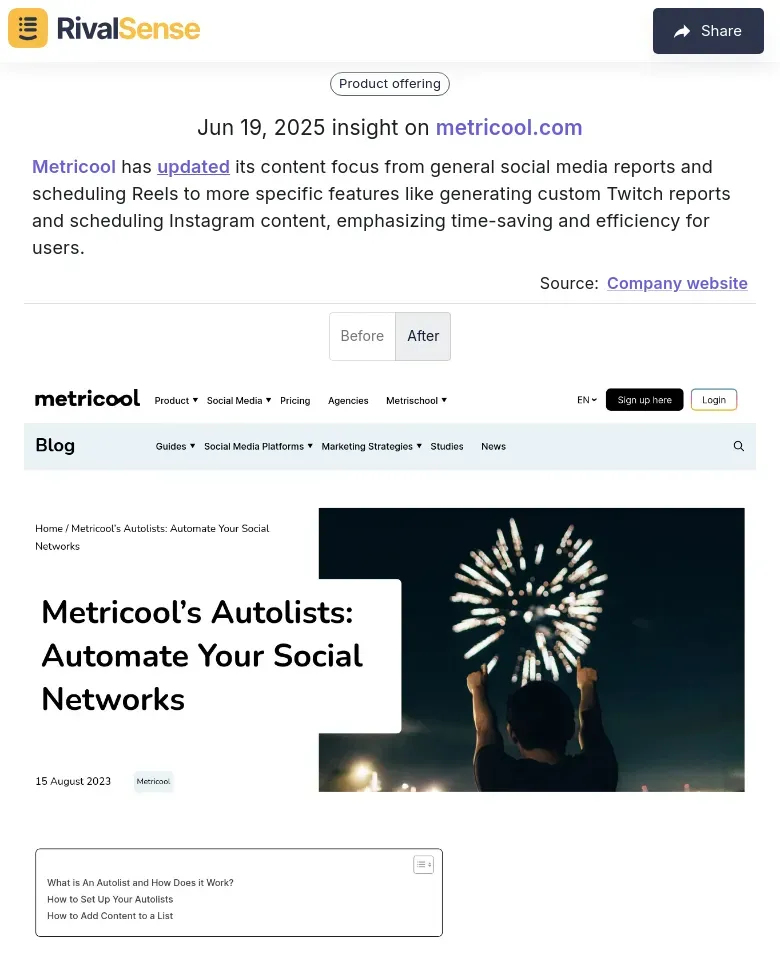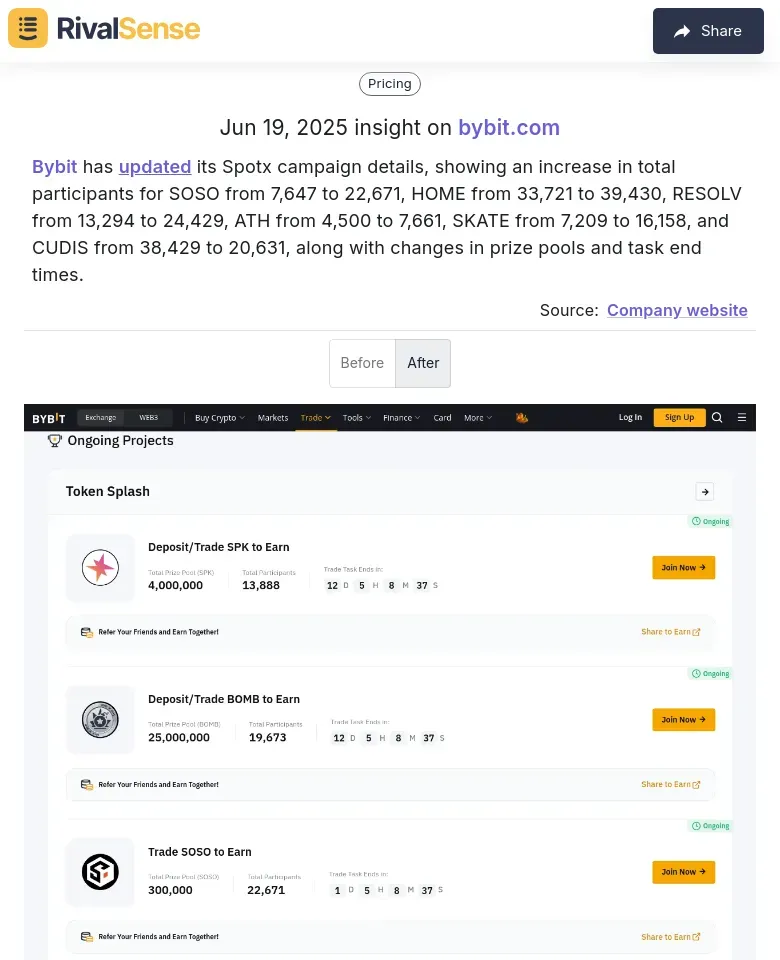Competitor Digital Transformation Analysis: Your Strategic Guide for 2025
In today's fast-evolving digital landscape, staying ahead of competitors isn't just advantageous—it's essential for survival. Digital transformation continuously reshapes business operations, making competitor digital transformation analysis critical for maintaining market relevance. This guide provides actionable frameworks to decode rivals' digital strategies, complete with checklists and real-world examples to help you implement findings effectively.
Understanding Competitor Digital Transformation Analysis
Digital transformation fundamentally alters how businesses deliver value and engage customers. Competitor digital transformation analysis systematically examines how rivals leverage technologies like AI, automation, and data analytics to enhance operations and customer experiences. This process reveals strategic patterns, exposing gaps in your own approach while uncovering innovation opportunities before market shifts solidify.
Why This Analysis Matters for Your Business
Proactively monitoring competitors' digital evolution provides tangible strategic advantages. It allows you to benchmark progress against industry leaders while anticipating disruptive changes. Consider these critical benefits:
- Identify Innovation Patterns 🔍: Detect which technologies competitors prioritize and their implementation timelines
- Spot Emerging Threats ⚠️: Recognize new digital business models before they reshape your market
- Optimize Customer Journeys 💡: Borrow successful digital engagement tactics while avoiding rivals' missteps
- Accelerate Decision-Making ⚡: Reduce reaction time to market shifts through continuous monitoring
5 Actionable Steps for Effective Analysis
Conducting thorough analysis requires structured methodology. Follow this proven framework:
-
Map Your Competitor Landscape
Identify 5-7 core competitors across direct and adjacent markets. Prioritize those with significant digital investment. Tools like RivalSense automatically track competitors across websites, registries, and social platforms—saving hours of manual research. -
Analyze Digital Touchpoints
Evaluate key interaction channels:- Website UX/UI (mobile responsiveness, conversion pathways)
- Content strategy (SEO keywords, content formats, messaging)
- Social engagement (platform mix, response times, campaign themes)
-
Decode Technology Adoption Patterns
Monitor for:- New SaaS tools in their tech stack
- Automation implementations (chatbots, workflow systems)
- Data utilization (personalization, predictive features)
Example Insight: When Metricool shifted from generic social reports to specialized Twitch analytics and Instagram scheduling, it signaled their focus on creator economy niches. Tracking such feature updates reveals where competitors see growth opportunities.

-
Assess Digital Customer Experience
Analyze:- Review sentiment on G2/Capterra
- Support response efficiency
- Onboarding flow sophistication
-
Conduct Strategic SWOT Synthesis
Compile findings into:Strength Weakness Opportunity Threat Their AI implementation Poor mobile checkout Emerging market they ignore New pricing model Loyalty program tech Slow support response Partnership potential Regulatory changes
Real-Time Insight Integration
Immediate application separates theoretical analysis from actionable strategy. Consider these real competitive intelligence examples:
Pricing & Promotion Shifts: When DoYouSpain extended car hire dates and emphasized reliability/discounts, it revealed seasonal strategy adjustments. Monitoring such changes helps calibrate your promotional calendar.

Campaign Performance Metrics: Bybit's Spotx campaign showed participant surges for specific tokens. Such data indicates effective audience targeting tactics worth analyzing.

Competitor Analysis Checklist
Ensure comprehensive coverage with this executable checklist:
- [ ] Identify primary/secondary competitors
- [ ] Audit website UX and conversion paths
- [ ] Map content strategy and SEO positioning
- [ ] Track technology adoption signals
- [ ] Analyze social engagement patterns
- [ ] Monitor review sentiment trends
- [ ] Document pricing/promotion changes
- [ ] Update SWOT matrix quarterly
Turning Insights into Action
Competitor digital transformation analysis delivers maximum value when institutionalized. Schedule quarterly deep dives supplemented by weekly monitoring—this balances strategic perspective with tactical responsiveness. Automate data collection through specialized tools to maintain consistent oversight without resource drain.
Accelerate Your Analysis Today
Competitor digital transformation analysis provides the strategic foresight needed to lead rather than follow in today's market. By systematically decoding rivals' technological evolution, you position your business to capitalize on emerging opportunities while mitigating disruptive threats.
Ready to transform insights into advantage? Try RivalSense free and get your first automated competitor report today: https://rivalsense.co/
📚 Read more
👉 Solving Competitor Supply Chain Gaps in Corporate Insurance
👉 Turning Competitor Setbacks into Opportunities: How KuCoin Capitalized on Bybit's APR Cuts
👉 Leveraging Twitter for Real-Time Competitor Intelligence
👉 How to Monitor Competitor Hiring Trends in Crypto Exchanges
👉 Predictive Market Entry: Outsmart Competitors with Analysis Frameworks
